The volcanic island of La Palma seems to be painted green due to a deep shroud of a prehistoric forest. Connect with nature under some of the world's clearest skies, relax on its welcoming beaches or hike through deep gorges and past volcanoes.
La Palma is the Canary island that was a finalist in the EDEN programme (European Destinations of Excellence) of the European Commission, in recognition of its sustainable tourism offer. This destination has been declared a Biosphere Reserve by UNESCO for its numerous protected natural spaces considered ecological treasures. These are places that you cannot miss if you decide to visit the area.
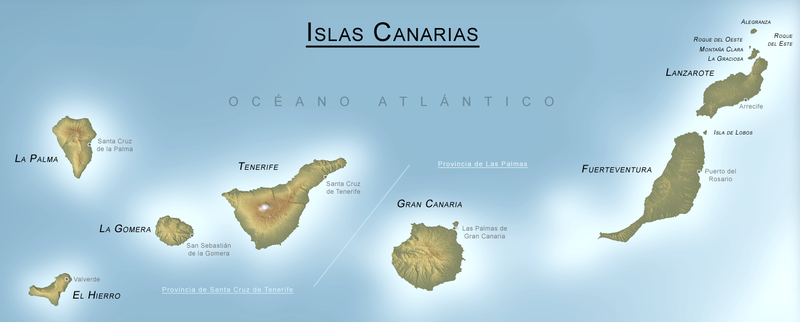
Also known as the “Isla Bonita’’, La Palma is the greenest spot in the whole of the Canary archipelago. If you are a nature lover and you have a bit of an adventurous spirit, you will really feel at home here. You will be able to enjoy a genuine natural museum, whether you are with your partner, family or friends.
La Palma's trails take you past waterfalls and up to the island's peaks. Once you reach the top, look up. The night sky is unforgettable. Clear skies and strict light pollution laws mean that La Palma is such a fantastic place for star gazing and astronomy that is has earned a Starlight award.
The advantage of visiting this little piece of the Atlantic is that it offers an attractive balance, both on the coast and in the mountains. Here you will be able to lose yourself in the lush forests and appreciate the steep surfaces, which will take you to beaches of gleaming, black sand where you can walk and relax.
A good way to start is to enter into the heart of La Palma where you will find the Caldera de Taburiente National Park, an underwater crater created by eruptions and erosion, a real visual spectacle that is well worth your attention.
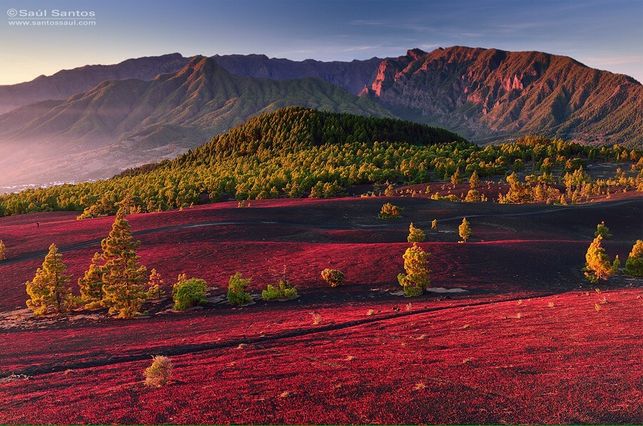
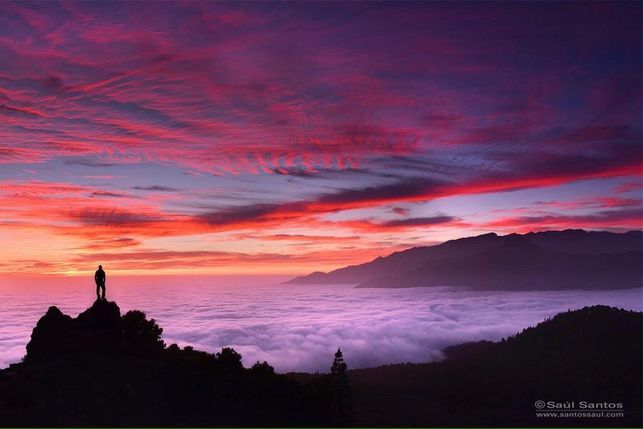
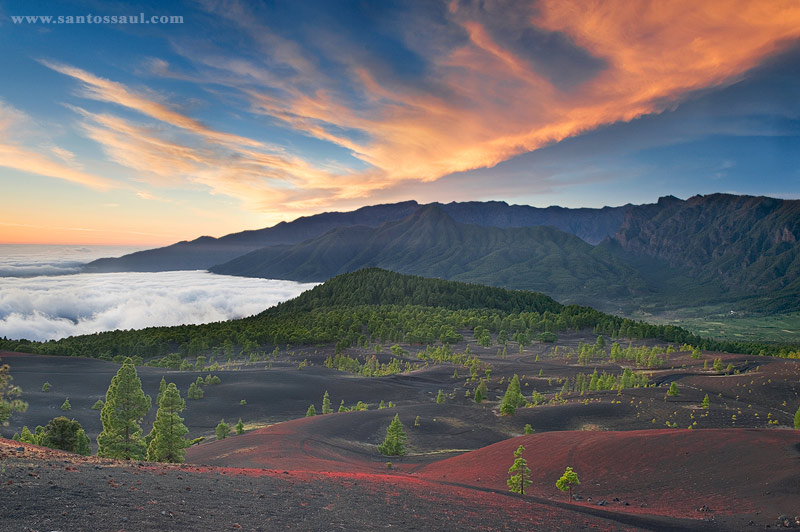
[Photographs by Saul Santos @ www.santossaul.com http://www.santossaul.com]
If what you want is to reach the clouds you can travel along high mountain ranges, including Roque de los Muchachos, which boasts one of the most modern astrophysical observatories in the world. A great idea for looking at the stars from a height.
When you have finished exploring inside, you can go to the coast to enjoy the shoreline, whose entire shape has been moulded at the whim of the volcanic lava coming from the great volcanic chain of Cumbre Vieja. Once there you only need to worry about inhaling the sea breeze and admiring the precipitous landscape dotted with small coves and cliffs.
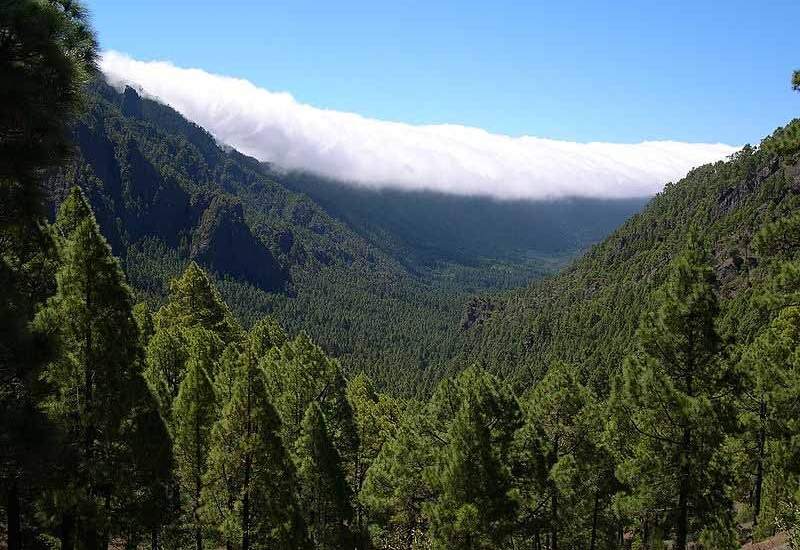
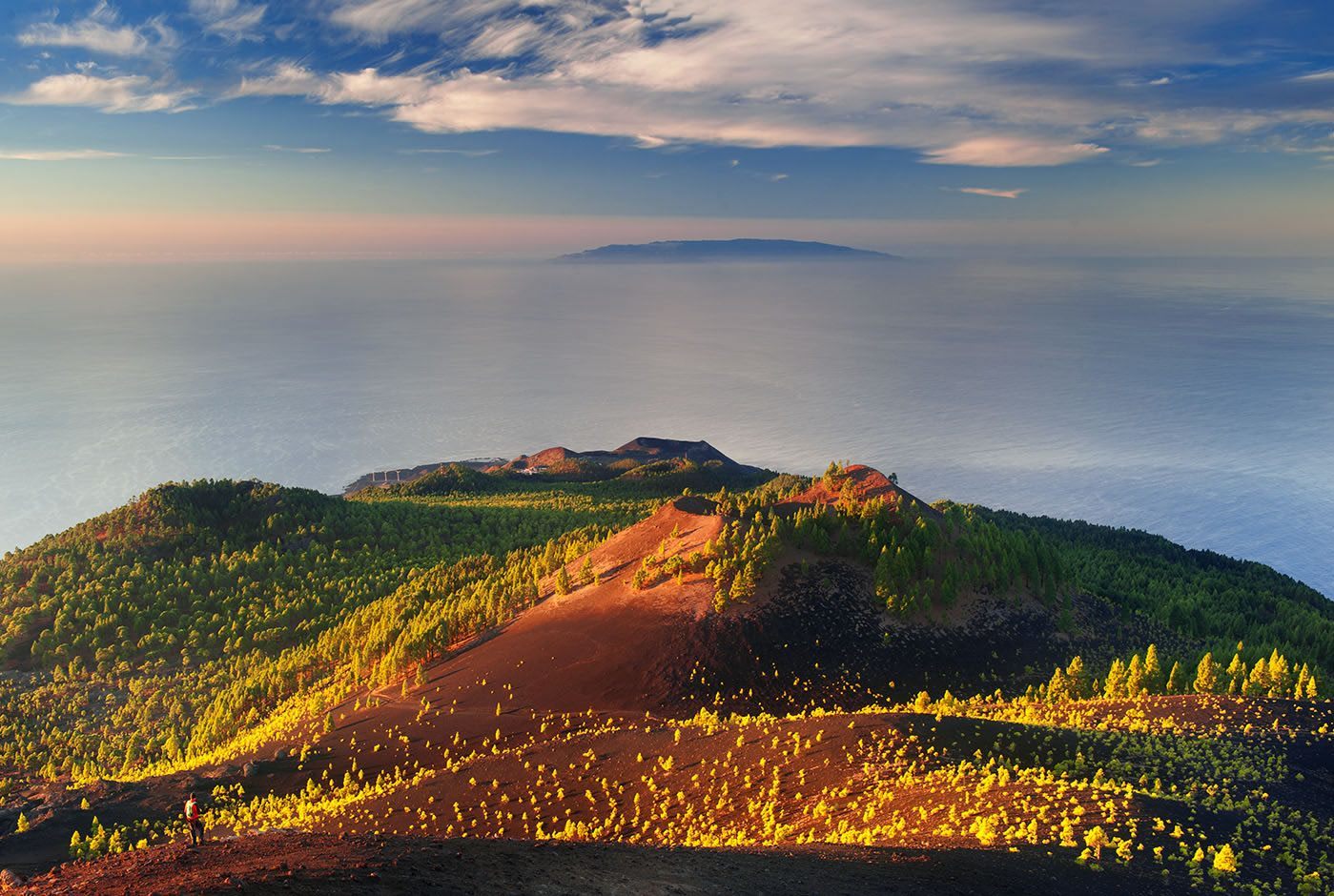
The art of this island not only resides in nature, but you can also find it in the numerous places of archaeological interest, hermitages, churches and museums. In particular, you must not to miss the historical site of Santa Cruz de La Palma.
Once you have arrived, you can learn about its island culture and the traditions such as “The Indianos in Carnival’’ and the Fiestas Lustrales festival, also known as the Bajada de la Virgen de las Nieves, which is celebrated every five years.
If you plan your visit during the first fortnight in July, you will be able to live the Semana Grande (Big Week) and the Semana Chica (Small Week), full of events and festivities. Worth a special mention is the Danza de Los Enanos (The Dance of the Dwarves), a deeply rooted tradition which will be repeated with a new edition in 2015.
You must not forget about the textile crafts, the cigar-making and the island's cuisine. The homemade desserts and cheeses play a special role in the island's extensive offer. In this way, you will be able to experience the richness of the island’s traditions for yourself.
All this with an average yearly temperature of between 16 and 21 degrees centigrade, which enables you to make the trip and enjoy the activities at any time of the year.